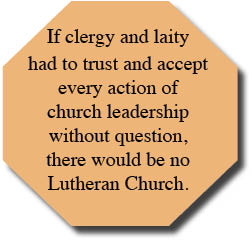The week before Christmas SEPA Synod announced that Redeemer was reopening and they were holding candlelight vigil of celebration on Wednesday evening. All welcome!
Neighbors report it wasn’t well attended or a particularly happy celebration. They were never clear about what exactly they were celebrating. Lutherans don’t celebrate Christmas in Advent.
It was not open on Christmas Eve.
The latest news is that SEPA will be coming to East Falls Community Council in February to ask the neighborhood how they should use the “former Redeemer” building. Guess Redeemer is closed again!
Just another flip flop from a Synod with no direction. Lock out 82 members (black, white, young and old) for two years. Welcome the neighborhood back. Ask suggestions from the neighborhood at large — where the people they locked out still live. The last thing they would ever do is ask the Lutherans of East Falls what to do with Lutheran property.
Redeemer had plenty of ideas for how to use their building . . . all within the mission of the church as it was intended when the people of East Falls bought the land, built the church, rebuilt it and nurtured it without SEPA’s help. Want ideas for how to use East Falls sacred property? . . . Try asking “former Redeemer.” We’re still alive and well. But SEPA knows that!
- Redeemer had a 25-year day care with Ken-Crest, which packed up and left when Synod reared its head.
Redeemer had a day care for 20 years before that.
Redeemer was within a week of reopening the day care when Synod locked the doors. - Redeemer hosted as many as five AA groups.
- Redeemer was once the “home” of community council meetings.
- Redeemer held weekly worship services.
- Redeemer held cultural events.
- Redeemer held fellowship events weekly.
- Redeemer held Bible Study weekly.
- Redeemer had a full-summer Day Care/Bible School.
- Redeemer had a unique multicultural ministry which Synod claims is one of their goals.
- Redeemer had multiple ambitious and ground-breaking mission projects underway.
- Redeemer often hosted ecumenical worship events.
- Redeemer continues to pioneer mission initiatives. We took our ministry online and have a worldwide following.
Synod, who now claims interest in our neighborhood, attempted to destroy all this with questionable legality. While claiming immunity from the law under separation of church and state (which so far the courts have bought — hook, line and sinker), they used precious resources to attack the members of “former Redeemer” in the courts.




